There’s been a lot of focus on building up the public EV charging network but the vast majority of owners routinely charge at home. Toyota is helping secure $28 million in funding for startup WeaveGrid in a bid to make home charging easier and more affordable – while also ensuring that the nation’s electrical infrastructure can handle the addition of millions of battery-powered vehicles.
If you’re an EV owner who routinely travels more than a couple hundred miles a day, odds are you charge your vehicle at home. That approach ensures you have a full “tank” of electrons every morning and, in the process, save substantial amounts of money compared to what you’d pay at a public charger.
But, with millions of EVs now on the road and sales accounting for roughly 10% of the overall U.S. new vehicle market, there’s growing concern about the impact this will have on the nation’s electrical grid.
Making it cheaper and easier to charge, while also keeping the grid running smoothly, are some of the goals behind Toyota’s new investment in WeaveGrid, a San Francisco-based start-up that has developed software designed to “intelligently deploy and maximize the value of grid-interactive vehicles.”
What does that mean?
At first glance it might seem simple to charge up a battery-electric vehicle. You simply open the cover of the charging port and plug it in, much like you fill up a gas tank. Well, sort of.
When you plug in can have an impact. More and more utilities are being given regulatory permission to set up time-of-day rates. Charge up overnight in Michigan, for example, and you might save as much as $5 to $10 to “fill” a drained battery compared to plugging in midday when demand for electricity is high and utilities may activate premium pricing.
Shifting energy consumption to off-peaks means they don’t have to run additional generators. And they can charge for energy that, at night or over weekends, might go unused. It also means there’s less strain on the grid, allowing utilities to stretch out investments.
V2G
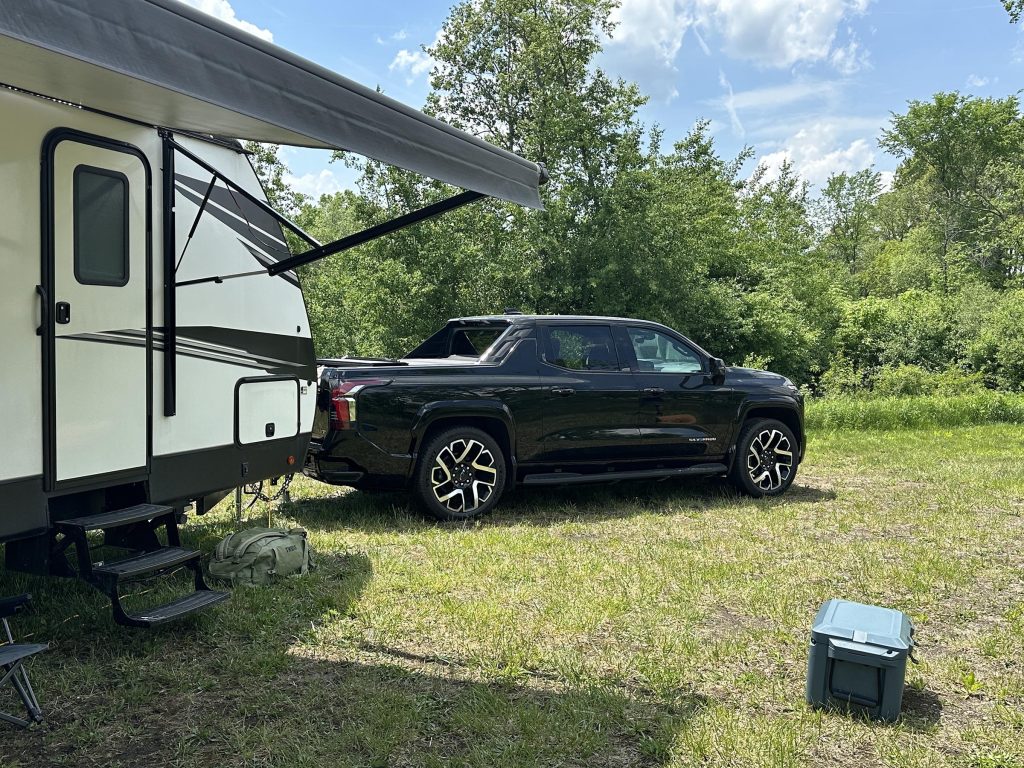
Bidirectional charging allows an electric vehicle to run a camp or worksite, even to provide backup power to a home.
WeaveGrid’s software platform can be used to allow EV owners to plug in and not worry about time-of-day rates. It can be programmed to automatically delay the time a vehicle starts charging, for example, until energy costs drop.
The platform has other benefits. For one thing, many EVs now have V2H capabilities. In other words, you can use the energy stored in their batteries to power up a home should it lose power – much as you would with a portable or fixed generator. That power also can be used, in many cases, at a work or campsite.
Going forward, many experts foresee a time when EVs can help stabilize the nation’s electrical grid, should demand overwhelm production capacity – as occasionally happens during heat waves in places like Texas, hurricanes in Florida, or blizzards in the Snowbelt. Using V2G, or vehicle-to-grid, programs, EVs plugged into the electrical infrastructure could provide energy until demand starts to drop again. At that point, a system using WeaveGrid software would begin to recharge the vehicle again.
More EV News
- Trump Vows to Reverse Biden EV Policies
- Auto Industry Was Central to Presidential Race
- Politics Becoming Less of a Factor in the EV Market
Toyota teams up with Weave Grid
Toyota, through its U.S.-based Woven Capital growth fund, is lead among a group investing $19 million into WeaveGrid. The start-up is then taking on an additional $9 million in debt.
“Toyota is committed to making investments in technologies and solutions to provide greater insights for our customers and electric utility partners into how vehicles will interface with their homes and the electric grid,” said Christopher Yang, Toyota EV charging solutions group vice president.
“With more Toyota BEV and PHEV customers than ever before, we are looking to ensure that they will be met with a high-quality experience that enriches their ownership journey.”
The irony is that Toyota has been dragging its feet when it comes to bringing new EVs to market. It currently offers only one battery-only model in the U.S. under the Toyota badge, the bZ4X, with a second sold through the upscale Lexus brand. The carmaker has apparently delayed a second Toyota-badged EV from 2025 to 2026, but it appears to be betting that technologies like WeaveGrid’s will appeal to future buyers by making the charging process easier and more affordable.

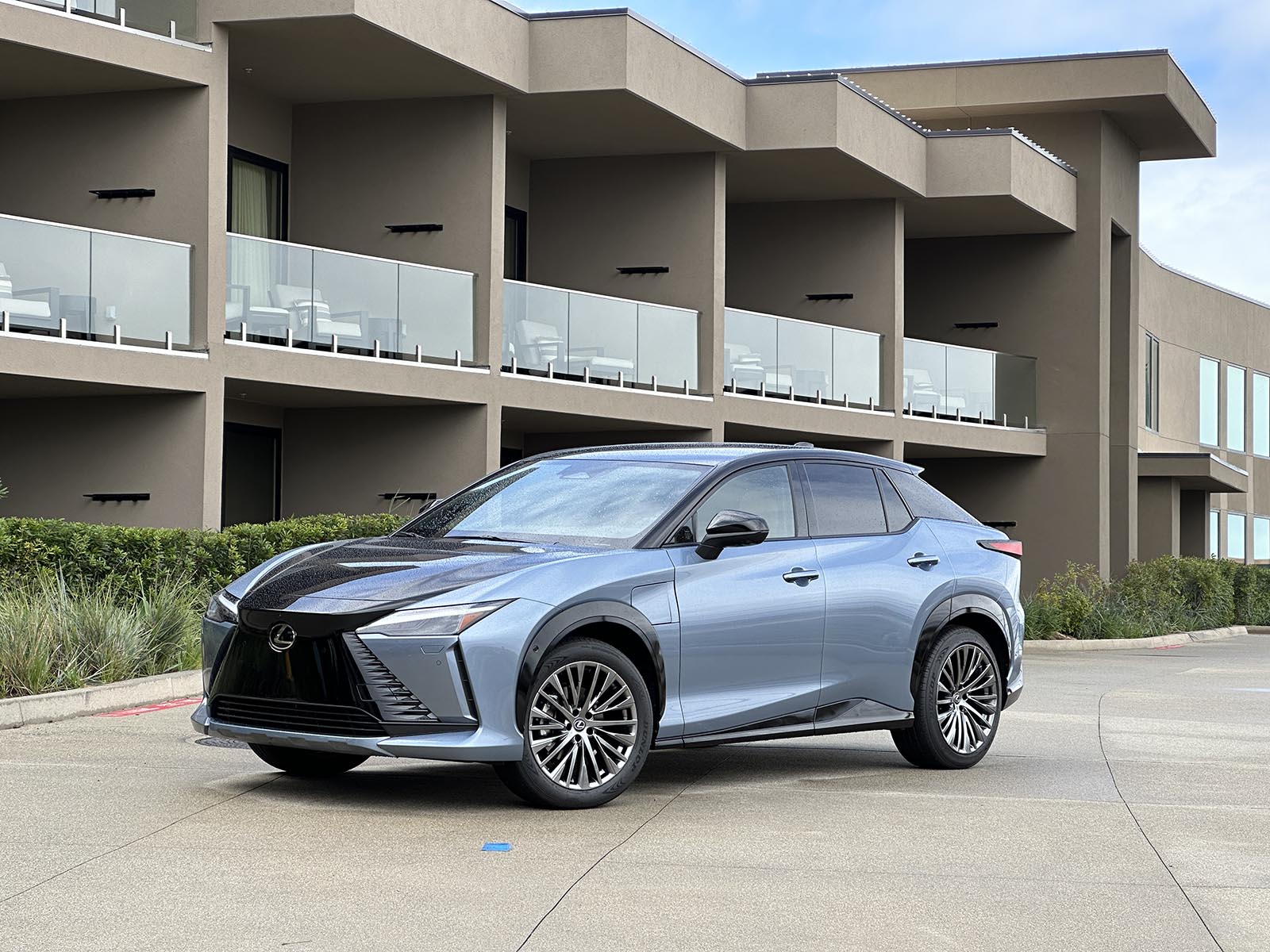
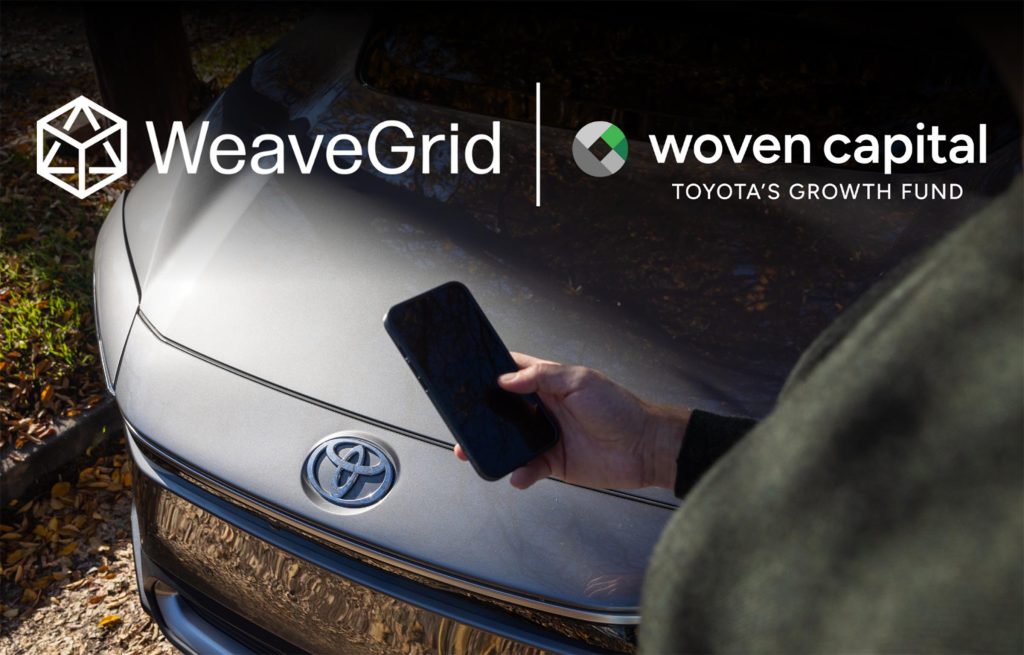
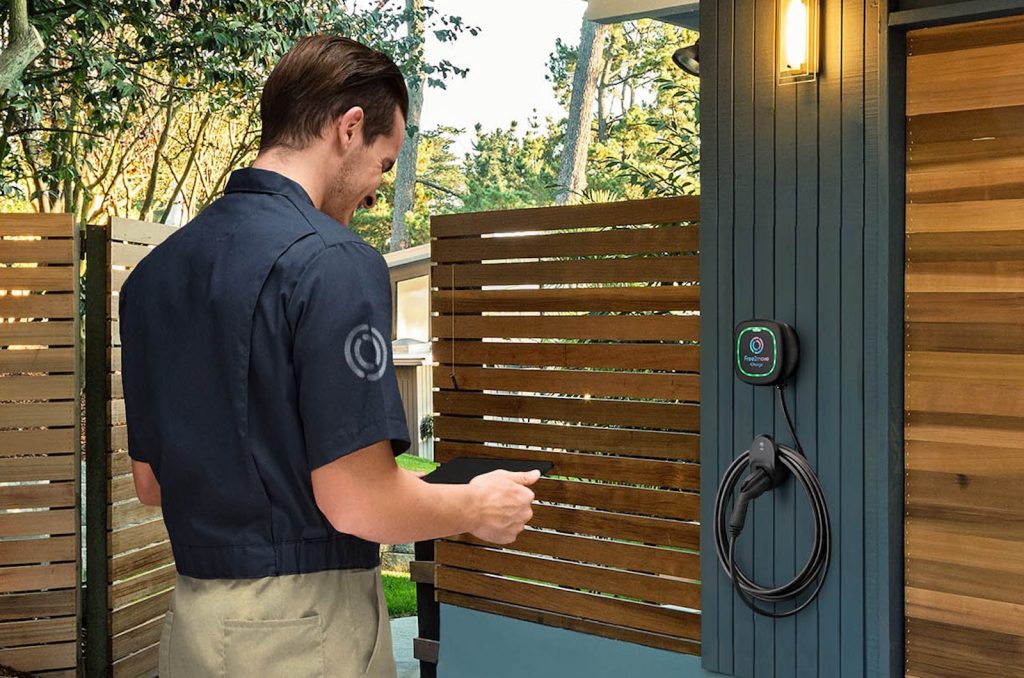
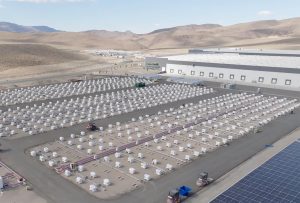
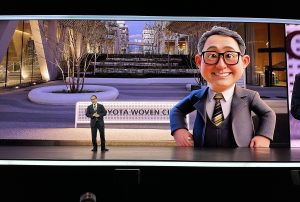
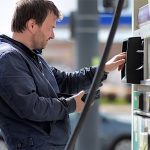
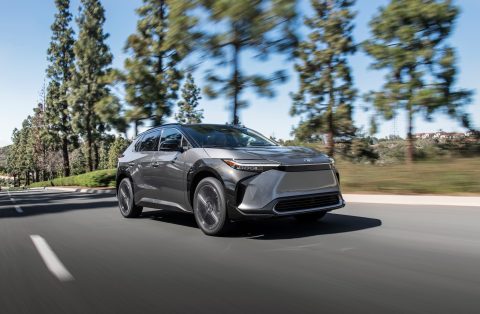
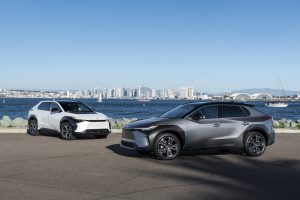
No way would I use my EV battery to power the grid. Every charge/discharge cycle takes away from the battery life and my intent is to maximize the battery life.
Let the utility do their job and supply the power to my house.
Right now, batteries are proving they will last longer than the rest of the vehicle. Controlled charge/discharge cycles are showing themselves to have little impact on battery life.